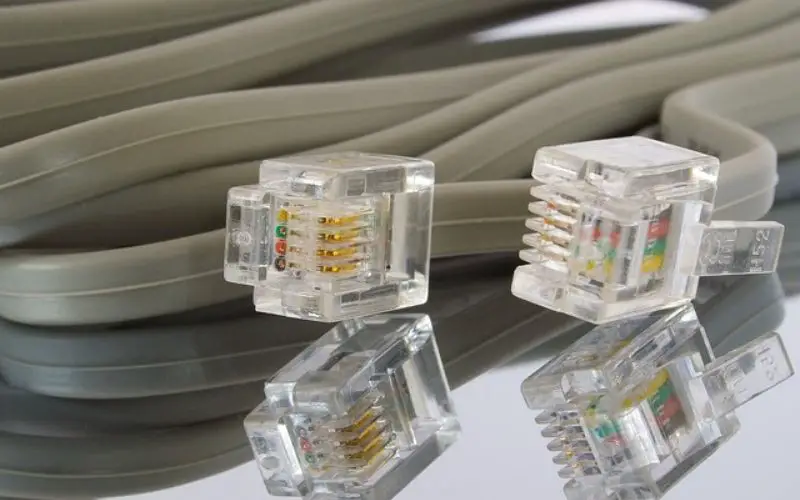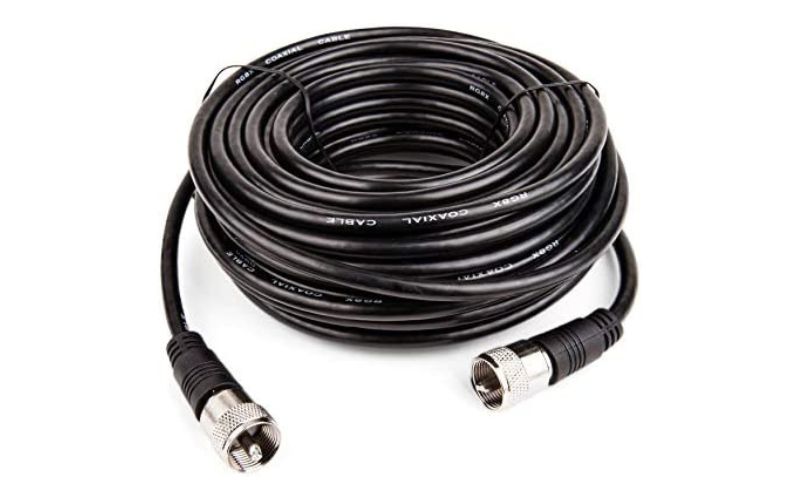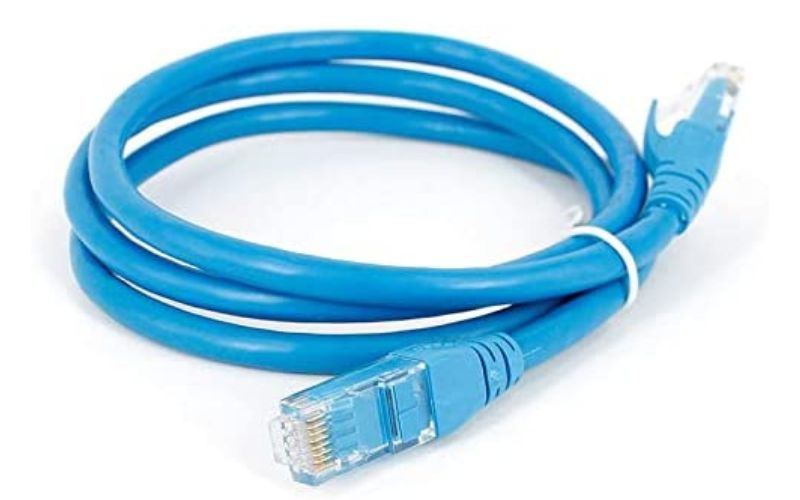Security cameras are an important part of any home or business security system. They provide a visual deterrent to potential intruders and can help to identify any suspicious activity. However, in order for a security camera to work properly, it needs to be connected to a power source and the right type of wire. In this article, we will discuss the different types of security camera wire and how to choose the right one for your needs.
Types of Security Camera Wire

When it comes to security camera wiring, there are several different types to choose from. The most common types are coaxial cable, twisted pair cable, and fiber optic cable. Each type has its own advantages and disadvantages, so it’s important to understand the differences before making a decision.
1. Coaxial Cable

Coaxial cable is the most common type of security camera wire. It is a single copper wire surrounded by insulation and a metal shield. This type of cable is relatively inexpensive and easy to install, making it a popular choice for many security camera systems. However, it is not as reliable as other types of wire and can be susceptible to interference from other electronic devices.
What We Liked
- Coaxial cables are highly resistant to electromagnetic interference, making them ideal for transmitting signals over long distances.
- Coaxial cables are relatively inexpensive and easy to install.
- Coaxial cables are capable of carrying large amounts of data at high speeds.
- Coaxial cables are durable and can withstand harsh environmental conditions.
What Could be Better
- Coaxial cables are bulky and difficult to manage.
- Coaxial cables are not suitable for use in areas with high levels of electrical interference.
- Coaxial cables are not as flexible as other types of cables, making them difficult to install in tight spaces.
- Coaxial cables are not as fast as other types of cables, such as fiber optic cables.
2. Twisted Pair Cable

Twisted pair cable is a type of wire that consists of two insulated copper wires that are twisted together. This type of cable is more reliable than coaxial cable and is less susceptible to interference. It is also more expensive and more difficult to install, making it a better choice for larger security camera systems.
What We Liked
- Twisted pair cable is relatively inexpensive and easy to install.
- It is resistant to electromagnetic interference, making it a good choice for environments with high levels of electrical noise.
- It is flexible and can be used in a variety of applications.
- It is capable of carrying data at high speeds.
What Could be Better
- It is susceptible to crosstalk, which can cause interference and data loss.
- It is not suitable for long-distance applications due to signal attenuation.
- It is not as durable as other types of cables, such as fiber optic cables.
- It is more difficult to troubleshoot than other types of cables.
3. Fiber Optic Cable

Fiber optic cable is the most reliable type of security camera wire. It is made up of strands of glass or plastic that are used to transmit data. This type of cable is more expensive and difficult to install, but it is also the most secure and reliable option.
What We Liked
- High bandwidth capacity: Fiber optic cables have a much higher bandwidth capacity than traditional copper cables, allowing for faster data transmission.
- Low signal loss: Fiber optic cables have very low signal loss, meaning that data can travel longer distances without needing to be amplified.
- Low interference: Fiber optic cables are immune to electromagnetic interference, making them ideal for use in areas with high levels of electrical noise.
- Durability: Fiber optic cables are much more durable than copper cables, making them ideal for use in harsh environments.
What Could be Better
- Expensive: Fiber optic cables are much more expensive than traditional copper cables, making them cost prohibitive for some applications.
- Installation: Fiber optic cables require specialized installation techniques, making them more difficult to install than traditional copper cables.
- Fragility: Fiber optic cables are much more fragile than copper cables, making them more susceptible to damage.
- Limited availability: Fiber optic cables are not widely available, making them difficult to find in some areas.
How to Choose The Security Camera Wires
When choosing wires for a security camera, it is important to consider the type of camera, the length of the wire, and the environment in which the camera will be installed. For example, if the camera is being installed outdoors, it is important to choose a wire that is weatherproof and can withstand extreme temperatures. Additionally, the length of the wire should be taken into account, as longer wires will require thicker, more durable wires. Finally, the type of camera should be taken into account, as some cameras require specific types of wires. By taking all of these factors into consideration, you can ensure that you choose the right wire for your security camera.
Conclusion
When it comes to choosing the right type of security camera wire, it’s important to consider your needs and budget. Coaxial cable is the most common and least expensive option, but it is not as reliable as other types of wire. Twisted pair cable is more reliable and less susceptible to interference, but it is also more expensive and difficult to install. Fiber optic cable is the most reliable and secure option, but it is also the most expensive and difficult to install. No matter which type of wire you choose, make sure it is compatible with your security camera system.
Related Articles:
